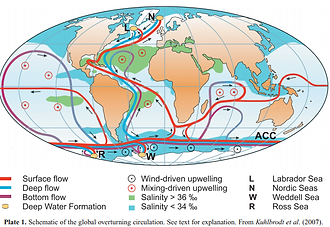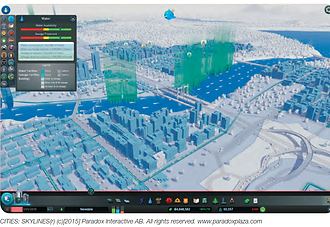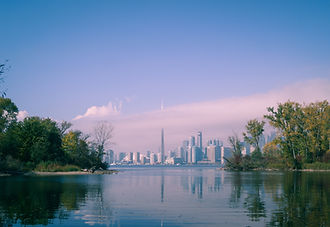
CLIENT SHOWCASE

Delft: Urban Planning for Water
January 30, 2018
Delft students could be asked to prepare an exhibit that highlights the best practices utilized in the urban planning of Delft. This element could be a rotating exhibit prepared by the city that hosts the museum at various events or conferences in the future.

Where is all the water going?
January 16, 2018
This is something I hadn't thought about before. Theoretically, all the water should come back to us in some way since it is all one ecosystem. Some graphic or physical experiment showing how much water we have, and how much is made unusable through pollution, bottling, and other unnatural processes.

The Incredible Process of Evapotranspiration
January 16, 2018
Evapotranspiration in itself is incredibly impressive as it moves water from the ground up hundreds of feet back into the atmosphere. The importance of this process becomes urgently apparent in areas impacted by deforestation such as the Amazon, which sees a decrease in rainfall due to deforestation. I'm not sure many people think about lack of rainfall as a result of lack of trees.
The Power and Movement of the Oceans
January 16, 2018
In an Atmospheric Sciences course last semester, I learned about the meridional overturning circulation of the oceans. It could be interesting to demonstrate this phenomenon through a video or physical artistic piece and show the impact of melting ice-caps on this process and the associated ramifications.
Moving Forward: Technology Highlights
January 16, 2018
Demonstrations of technology solutions such as permeable pavement as well as non-technology solutions such as a return to and utilization of the water systems and process that the Earth already performs and regulates.
A small-scale model (physical or projected from a computer) of a future vision of a city highlighting key technologies and non-technologies (using existing work from UK's future cities or elsewhere).
Other technologies include:
- permeable pavement
- habitat lattices that offer spots for aquatic flora and fauna to grow
- piers are supported by columns drilled with holes to attract fish
It is important to highlight water conservation techniques employed by people closest to nature (often low-income, rural, tribal peoples) who are forced to adopt respectful customs because they need the water for drinking.
Sources of brilliant urban planning projects focused on water:
http://www.urbanisten.nl/wp/
Showcasing Water in Urban Environments
January 30, 2018
Based on examples that range from Seoul to New Orleans, we could create a "before and after" model or series of images of an example city that has embraced the water running through it in order to transform the city, how the water is used, and its aesthetics.
A key takeaway from the entire exhibit should include an understanding of the interconnections of Earth's water systems. The exhibits should illustrate that if we alter our surroundings in a single way (i.e. diverting rivers, deforestation, bottling and transport of water), the trickle-down implications are endless through time and space. I would like to encourage viewers to approach potential solutions with a questioning mindset that considers and attempts to understand some of the unanticipated outcomes that may be associated with proposed solutions.
Many of the elements described below may fall under an overall exhibit showing the interconnections of the Earth's water system or they may be stand-alone exhibits.
Additional resources:
Suggestions from Dr. Sarah Kanouse, Northeastern University
Walking data visualization project of Boston shoreline
Library of water
Call for exhibits
E Mosher - High water line


